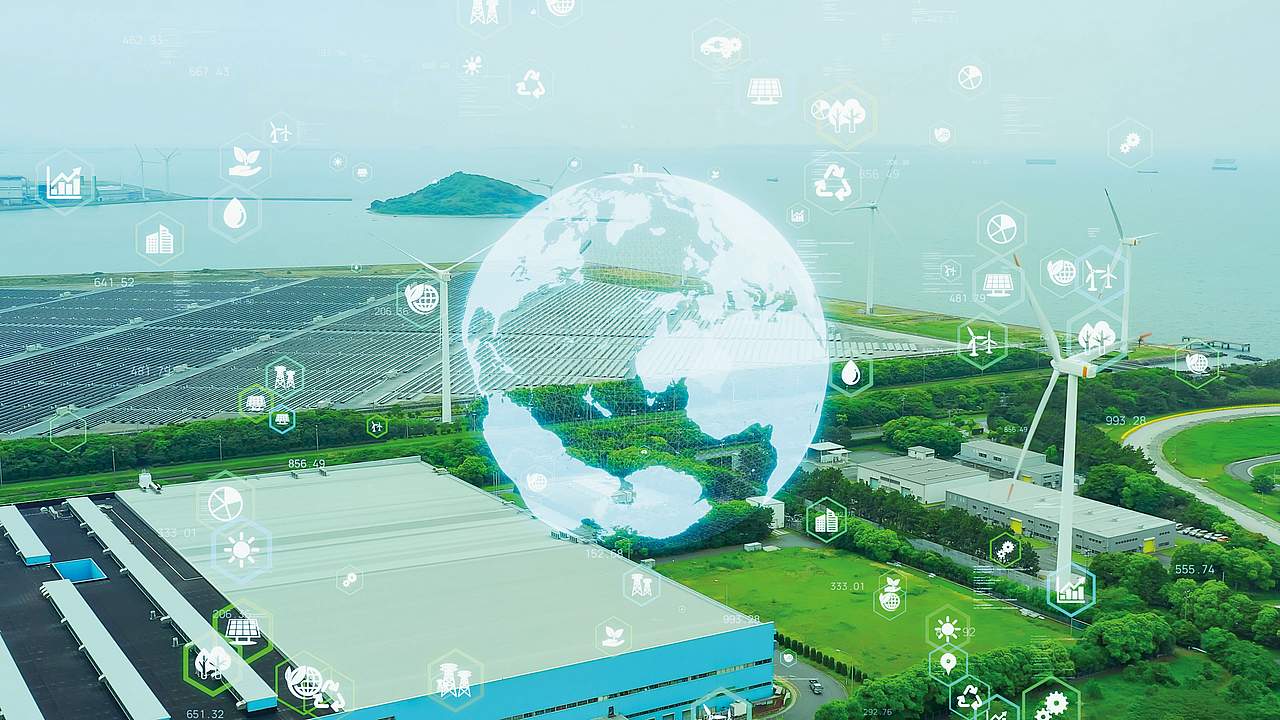Effective environmental monitoring generates valuable data. This data enables informed decisions to preserve life, improve quality of life, and conserve natural resources. The scope of environmental monitoring is vast and continually expanding – from long-term observation of air and water quality to process water analysis and real-time tracking of water levels. Accurate data collection and evaluation of bioindicators form the foundation of these efforts.
Numerous sensors are performing remarkably in this field. Ground-integrated measurement systems provide precise data on soil compaction and erosion for land development projects. Urban planners use bioindicators to assess air quality and noise pollution. Probes in early warning systems monitor water levels and flow rates continuously, while optical detection systems help assess ecosystem biodiversity.
Regardless of the application, reliable and long-lasting data collection is essential. Wired connections continue to offer dependable and robust performance. Depending on the sensor and task, optimal power and data transmission – even up to USB and Gigabit Ethernet standards – can be ensured.
Requirements Engineering for Cables
Just as the applications in environmental monitoring are diverse, so too must be the requirements for the connection cables. A thorough and tailored requirements engineering process is essential.
- What do individual stakeholders need in their specific contexts?
- Can cables be designed to suit both sensors in direct contact with the environment and remote evaluation units?
- Are the insulation and sheathing materials appropriate for the intended operating environment?
- Is the cable’s weight suitable for floating or submersible use?
Design begins with a deep understanding of the deployment environment and a consolidation of all technical requirements. A sheath material ideal for sensitive environments due to minimal additives may become unsuitable if flame resistance or UL certification is also required.
Beyond technical specifications, close collaboration with customers and stakeholders is critical. The cable must work seamlessly within the overall system – it can only meet expectations if all components are harmonized with the operating conditions. Close, resultsfocused coordination among all parties involved significantly increases the likelihood of success and enhances customer satisfaction.
„Cables as Part of the Solution – Not the Problem“
Cables used in environmental monitoring must not contribute to environmental harm through unsustainable raw materials or manufacturing processes. The cable design must minimize environmental impact.
For instance, a level sensor weighing 100g may require a 20-meter cable weighing six times as much. If that cable is made from unsustainable materials, the ecological footprint contradicts the sensor’s purpose.
“Our product would become part of the problem, not the solution,” says Marc Gerlatzek, Business Development for Medical Technology and Assembly at SAB Bröckskes GmbH & Co KG. “That’s why we go beyond a Code of Conduct on sustainability – we create tangible
impact. One such example is SABorganic, a cable sheath material made from up to 45% ecological, environmentally friendly raw materials, using short, local supply chains. We now meet about a quarter of our electricity needs through solar power from our own PV systems.”


